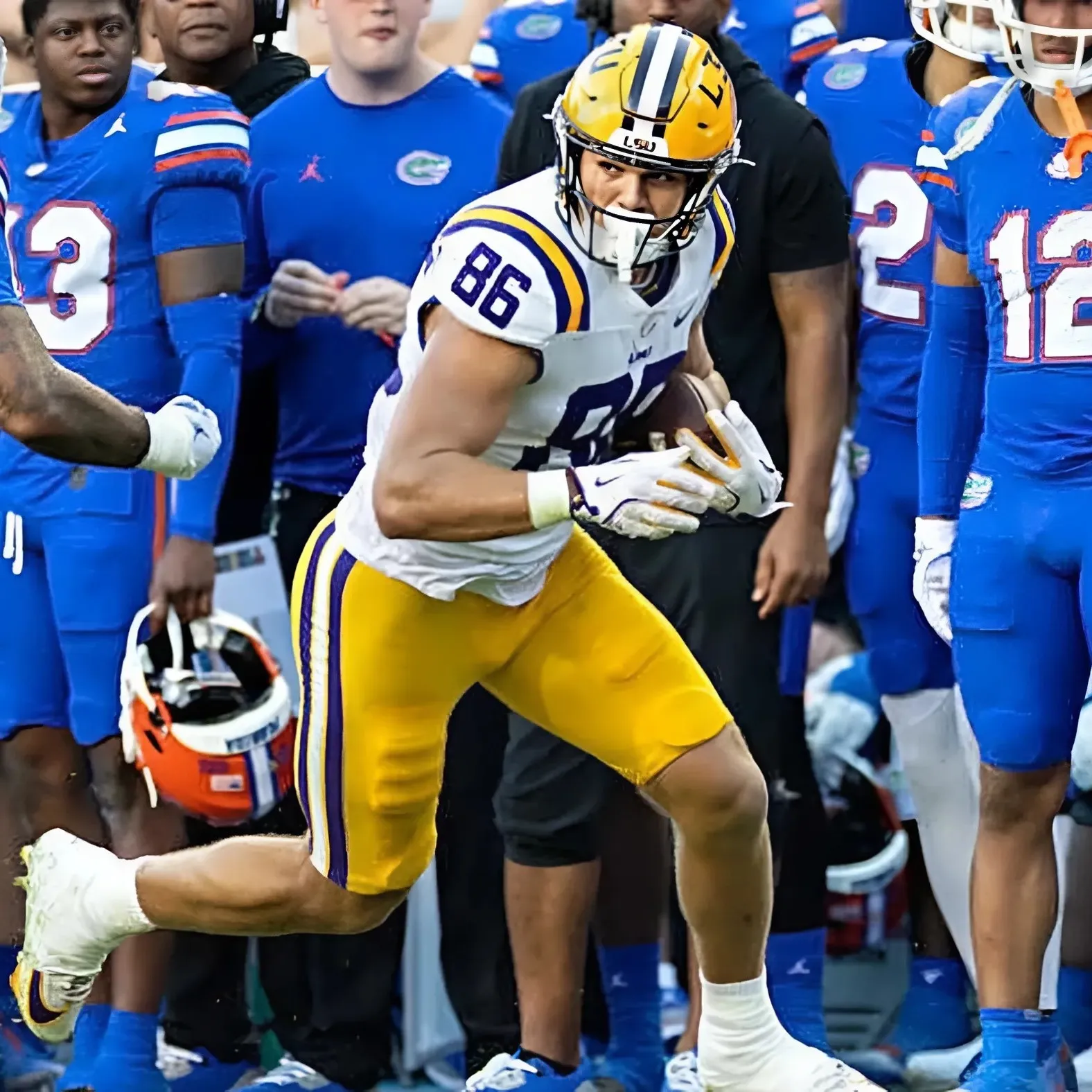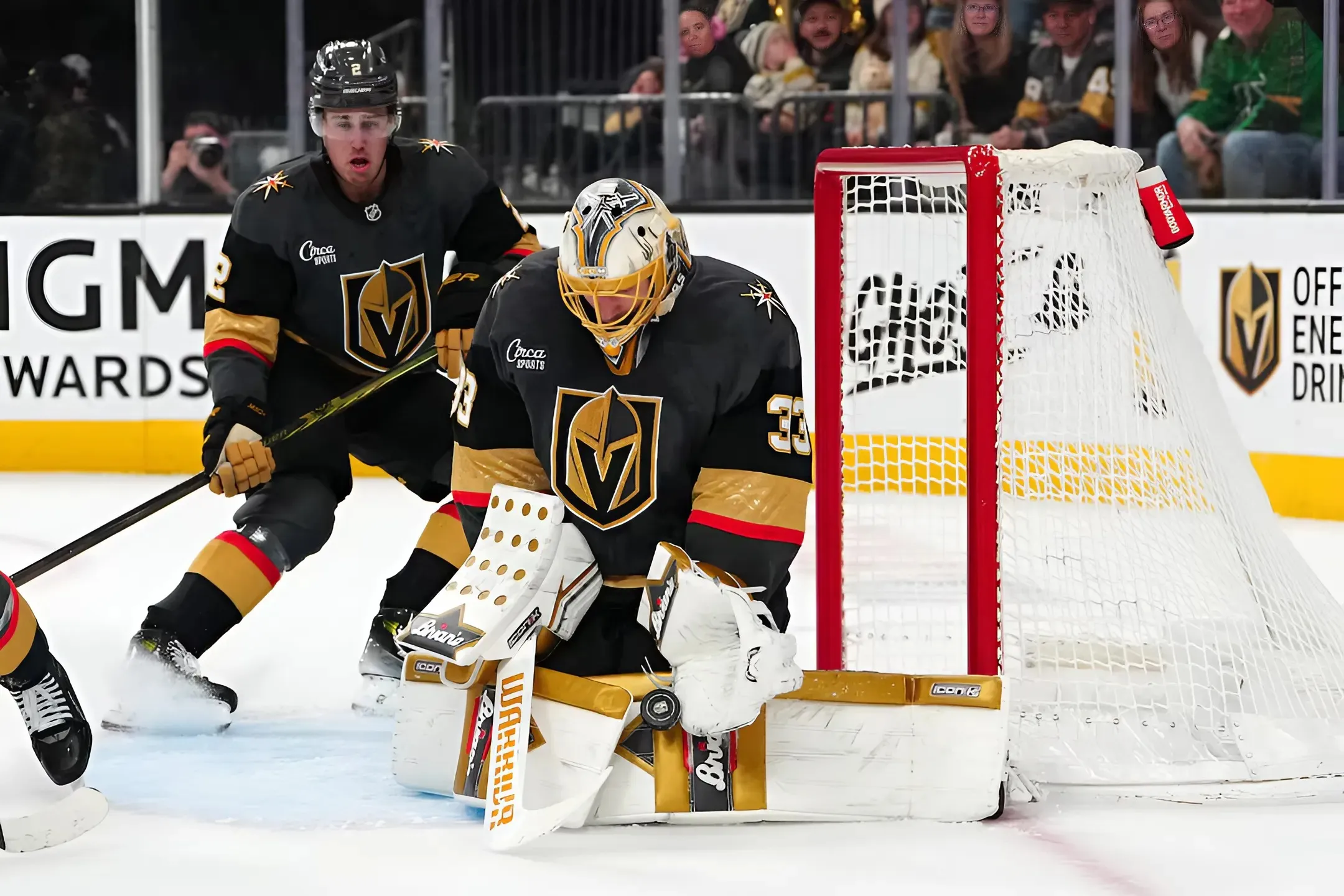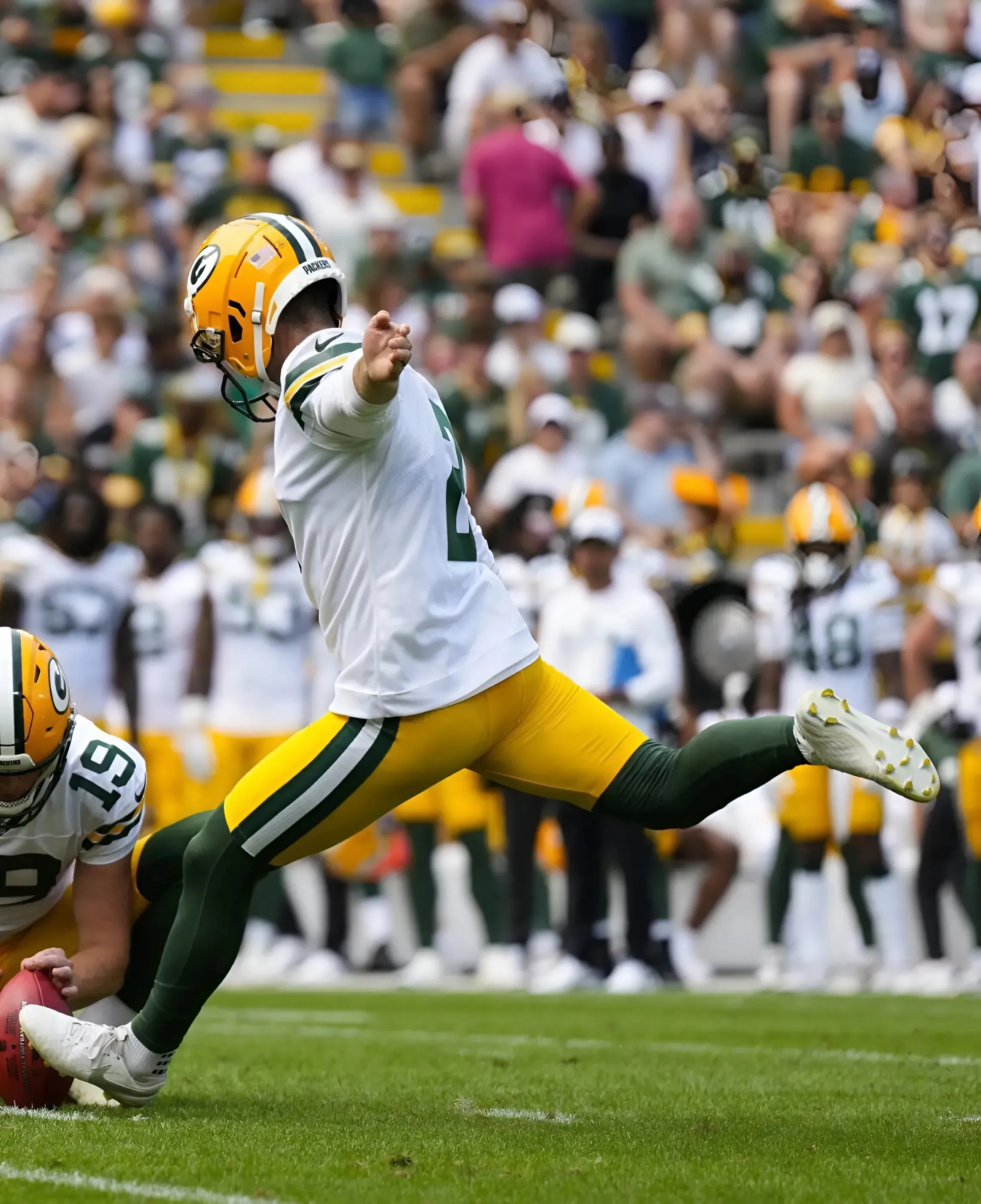
Immediate impact is not a given in the NFL. First, because the leap from college to the pros is huge, and most players take time to develop and learn the systems and what it takes to play at the highest level. But also because good teams don't expect young players to come in with significant roles.
"You'd love to, but you guys have been around here. It's great when they do, but that's not always the case," Green Bay Packers general manager Brian Gutekunst said when asked if players from this class would have to provide impact as rookies. "The transition to the National Football League is tough, it's not always easy. A lot of time it's determined by opportunity. If you take a guy in a particular area that is gonna have a lot more opportunity than somebody else. We try to stay away from that drafting for need. We try to take the best player available if that's possible. But most of the time, a guy's impact in his rookie year comes down to the opportunities that he had more than anything."
The Packers made eight draft picks this year. And even though they might not expect big performances right away from everyone, it's still helpful to have some type of metric to understand what a successful season would look like for them.
So, let's establish some realistic goals and, a year from now, we can go back and see what they did.
Round 1, pick 23: WR Matthew Golden, Texas
- Goal: 2.0 yards per route run
The big criticism around Golden, and probably the reason why he fell to pick 23, is the lack of college production. His best season was last year, with 987 yards, and his yards per route run numbers in college are well below the other top prospects of the class.
For the Packers, it's hard to put a volume number as a goal because it's unclear what role each receiver will have. But if Golden can prove to be efficient, that would be massive for the Packers.
The 2.0 yards per route run is a difficult goal that only Christian Watson (2.26) and Jayden Reed (2.20) cleared for Green Bay last year. But that's what you should expect from a top pick.
Round 2, pick 54: T Anthony Belton, NC State
- Goal: 30% of the snaps somewhere
This is the logic behind it. Head coach Matt LaFleur has shown willingness to rotate offensive linemen if he sees fit. Last year, first-round pick Jordan Morgan got hurt, but he was on the field for 46% of the snaps in the games he played—he started at left guard against the Detroit Lions, but mostly rotated with Sean Rhyan at right guard, playing around one third of the snaps per game.
Anthony Belton might not be ready to start or to rotate with Rasheed Walker at left tackle, but considering that the Packers will move Morgan to tackle, Belton would have a realistic chance to rotate with Rhyan at guard.
That would be massive for him, because Rhyan is slated to be a free agent in 2026. If Belton shows he can be a starting-level player, the Packers enter next offseason much more comfortable to address the offensive line.
Round 3, pick 87: WR Savion Williams, TCU
- Drop rate below 8%
The big problem for Williams to be a real wide receiver is his inability to consistently catch the football. He can make absurd plays, his numbers in contested catches are elite for a prospect, but he drops the easy ones. His drop rate in college was 10.4%, including 11.8% last year.
And for a team that suffered with drops in 2024, the Packers need more reliability—Dontayvion Wicks (17.0%) and Jayden Reed (15.4%) were particularly bad in this area.
Among Packers receivers with at least 20 targets, only Christian Watson was below the 8% mark last year. So if Williams can make his hands more reliable with the easy stuff, he will be ready to have a bigger role in 2026.
Round 4, pick 124: EDGE Barryn Sorrell, Texas
- Pass run win rate above 10%
Just like wide receivers, the Packers have a crowded room at defensive end. Rashan Gary, Lukas Van Ness, Kingsley Enagbare, Brenton Cox Jr., and Arron Mosby all played significant snaps last year and are still on the roster. Therefore, taking advantage of his opportunities is massive for the fourth-round pick if he wants to be on the field more frequently moving forward.
In his final season at Texas, Sorrell had a 13.4% pass rush win rate, which is good (but not elite) for prospects.
Among the Packers' edge rushers last season, only Cox and Gary stayed above the 10% pass rush win rate mark. If Sorrell can do that as a rookie, that will put him in position to be a real part of the rotation.
Round 5, pick 159: EDGE/LB Collin Oliver, Oklahoma State
- Play at least 40% of the special teams snaps
Even though Oliver is a hybrid defensive player, the Packers have depth at both defensive end and linebacker spots, so it will be hard for a fifth-round rookie to play much. However, Oliver was drafted in significant part for his ability to play special teams. Packers director of football operations Milt Hendrickson mentioned that he brings "incredible special teams value," so being amongst the most used special teamers on the roster is a huge way to show what he's capable of.
Round 6, pick 198: DT Warren Brinson, Georgia
- Run stop win rate above 38%
TJ Slaton led the NFL in run stop win rate last year with 46%. It would be unfair to ask that for a rookie, but 38% is still a pretty good number—which would be enough to put him in the top 10 in the league. Drafted to be a run stuffer, Brinson will benefit from Jeff Hafley's one-gap scheme, which is much easier for run defenders than Joe Barry's (one gap and half), Mike Pettine, and Dom Capers' (two-gap) schemes used to be. He won't have the task of rushing the passer much, so putting him as an above average run defender is important for what the Packers want to be.
Round 7, pick 237: CB Micah Robinson, Tulane
- Make the 53-man roster
Last year, the Packers drafted Kalen King in the seventh-round and he was cut before the regular season, spending his first year on the practice squad. Seventh-rounders don't have a roster spot locked, so Robinson will have to show talent and grit to make the team in the first place.
Round 7, pick 250: G John Williams, Cincinnati
- Be active for at least 10 games
Last year, fifth-round rookie Jacob Monk made the team, but barely played. He had zero offensive snaps and 43 special teams snaps in the entire season. Williams has a pretty good shot at making the roster as a projected guard, but being active ahead of players like Monk, Travor Glover, and Kadeem Telfort would be a big step for him to have a real role in the future, even if he was taken as a developmental project.



